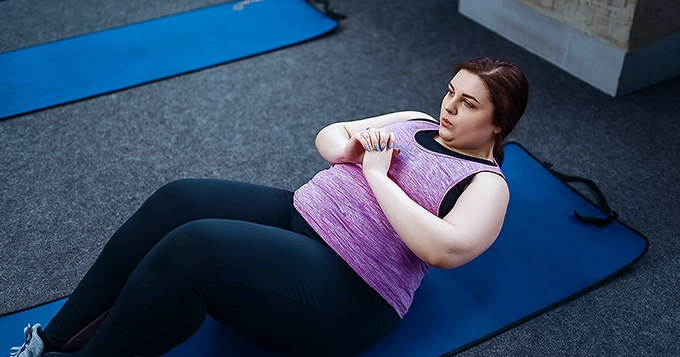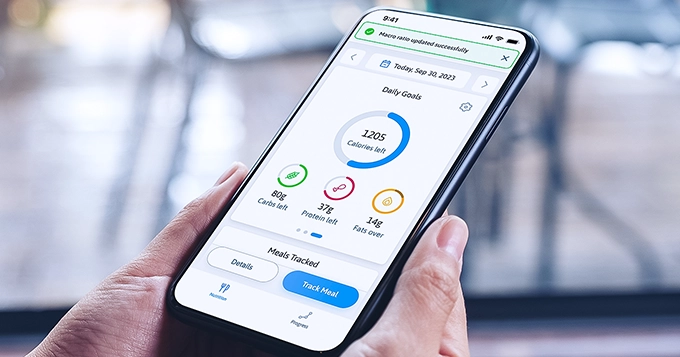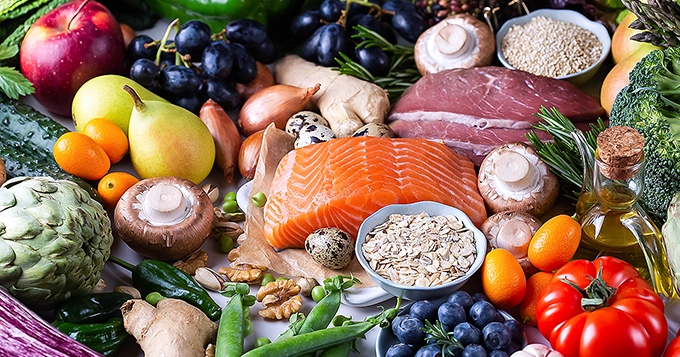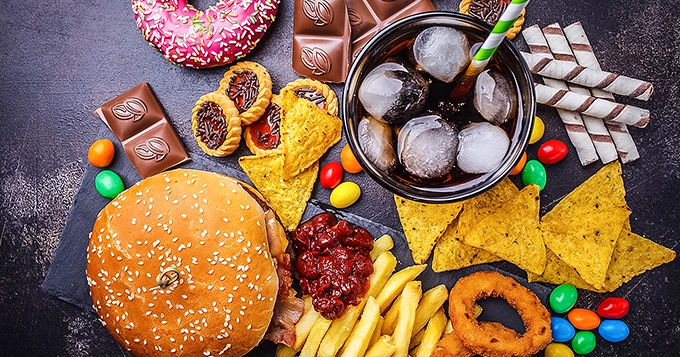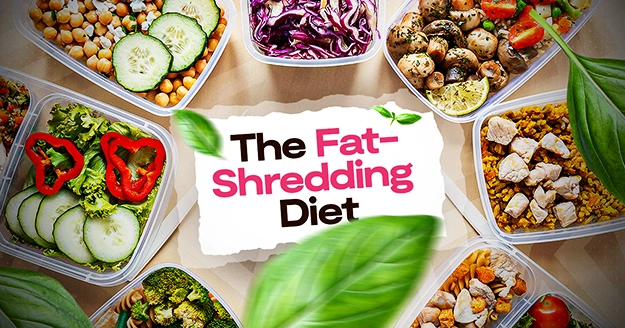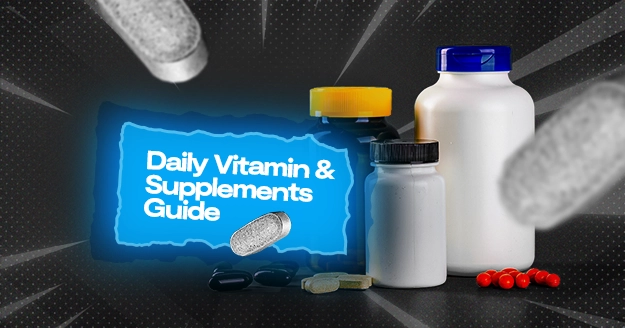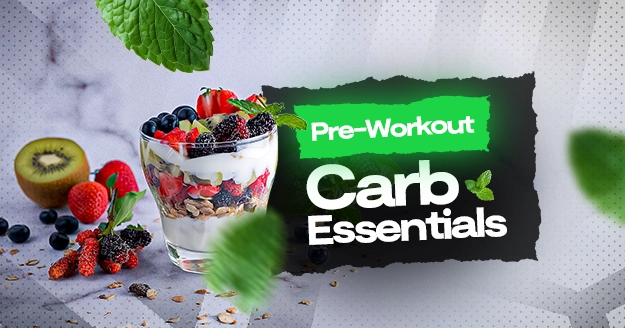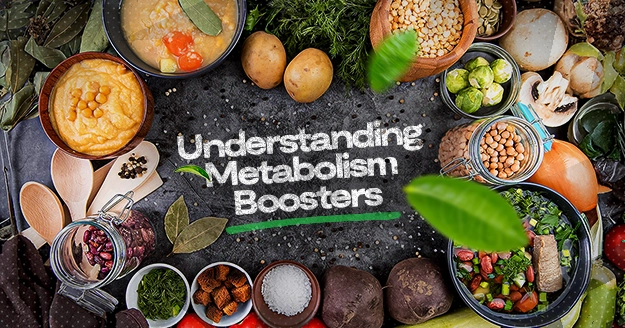Looking for a diet that can help you shred fat without losing muscle? This article is for you.
What is the Fat Shredding Diet?
The shredding diet, also popularly known as the cutting diet, is a regime some people use to lose weight fast without losing muscle.
Well, just like any diet, there is no one-size-fits-all. Individual needs and metrics still need to be taken into account.
Basically, the shredding diet involves increasing protein intake, being more selective on what type of carbs to eat, and doing weight training to help build and maintain your muscles while helping you lose weight fast.
This diet also typically lasts between two to four months. Bodybuilders and fitness enthusiasts often follow this diet in preparation for a specific event, competition, or as part of their overall training regimen.
Tips When Shredding
- Track your macros
Ensure you’re in a safe calorie deficit by keeping track of your calories. By tracking your macros, you can also make sure you’re consuming more protein and less carbs.
A person’s body mass drops, and their metabolism adjusts during the cutting phase. To compensate for this, you can modify your caloric intake.
This is a dietary recommendation (from a review regarding evidence-based recommendations for natural bodybuilding contest preparation) that you can use in your shredding diet:
- Weekly weight loss: 0.5 to 1% of body weight.
- Protein: 2.3–3.1 grams per kilogram of body weight, or 25–30%
- Fat: 15–30% of total calories.
- Carbohydrates: 55–60% of total calories, or the remaining amount of calories after someone has calculated their protein and fat.
- Cut back on condiments
Calories from condiments and sweet, sticky sauces can add up without you realizing it.
- Avoid sugary drinks
Sugary drinks are not just unhealthy but also high in carbohydrates, which can interfere with your fat loss goals.
- Stay hydrated
Properly hydrating can make you feel full, which can also help you avoid overeating. Water is also important for maintaining the health of your body both before and after exercise. It can also temporarily increase your metabolism.
- Control your portions
Some people can’t sense their fullness cues, so try using smaller plates to prevent overeating.
- Eat plenty of fiber
Fiber-rich foods are an essential part of your meals on the cutting diet because they help you feel fuller for longer periods of time and prevent you from seeking sugary snacks in between meals.
- Incorporate exercise into your routine
Strength training and cardio help you lose fat while preventing muscle loss.
Strength training:
When you do strength training, such as weightlifting or push-ups, you put stress on your muscles that makes them stronger. Stressing your muscles prompts your body to adapt, leading to muscle growth.
As your muscles get stronger, they need more energy even when you’re not active, which speeds up your metabolism. A faster metabolism means you burn more calories, helping with weight loss.
Cardio:
Cardio exercises such as running, cycling, or swimming, you’re doing cardio, which is great for burning calories while you’re active. It’s awesome for your heart and helps create the calorie deficit needed for losing fat. It works well with strength exercises by increasing overall calorie burn and keeping your heart healthy.
- Track your progress
To track your eating habits, use apps or keep a food journal. By keeping track of your development, you can spot trends, recognize your accomplishments, and make the required corrections.
Check out the Trainest app to track your macros.
What should you eat when cutting?
Avoid processed foods and choose whole, minimally processed foods instead, as they offer greater nutritional content and fewer calories. It’s also crucial to consume more protein in addition to a well-balanced, nutrient-dense diet. Focus on lean proteins, whole grains, fruits, veggies, and healthy fats.
- Lean sources of protein, such as meat, eggs, and oily fish
- Natural sources of dairy, including yogurt, milk, and a small amount of cheese
- Nutritionally complete protein powders, including whey, hemp, pea, and rice protein
- Beans and pulses
- Unsalted nuts and seeds
- Healthy sources of fat, such as avocados, olive oil, and olives
- Wholegrain rice, pasta, oats, bread, quinoa and barley
- An array of colorful fruit and vegetables
What foods to avoid while shredding?
- Added sugar: this is because the first use of sugar is for energy, and any surplus is turned into fat.
- Refined carbs: Similar results are obtained with refined carbs, which are frequently converted to glucose for energy but can also be stored as fat in excess.
- Saturated fats: Since saturated fats and some cooking oils are frequently higher in calories than other foods, it might be wise to reduce your consumption of them.
Is the shredding diet safe?
Despite the general safety of this diet for weight loss, it is important to make sure you’re getting enough calories. A diet low in calories may cause some of the following adverse effects:
- feeling hungry
- feeling low on energy
- a dry mouth
- constipation or diarrhoea
- headaches
- dizziness
- cramps
- hair thinning
Meal timing and frequency
The International Society of Sports Nutrition (ISSN) recommends that individuals distribute their protein intake evenly at intervals of 3-4 hours throughout the day and consume it within 2 hours following exercise.
The ISSN also advises consuming protein with carbohydrates before exercise, after, or both. The amount of protein required after a workout can vary depending on the size and timing of meals consumed beforehand.
For bodybuilding, research suggests that individuals should consume 3-6 meals a day, each containing at least 20 grams of protein, with a moderate meal frequency.
